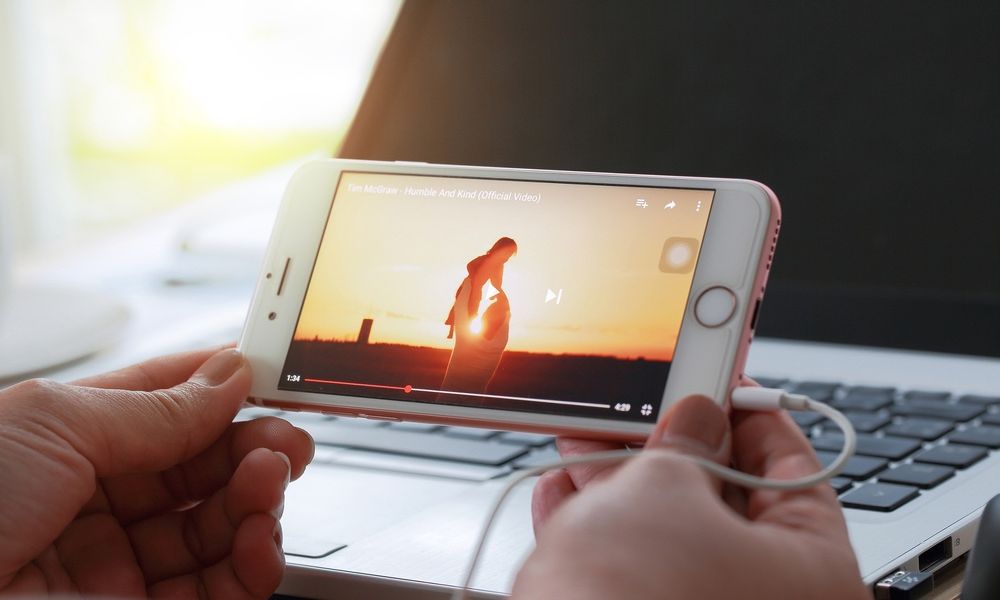Study: Wireless Carriers Are Throttling Your Video Speeds ‘All of the Time’
 Credit: Imagine Photographer / Shutterstock
Credit: Imagine Photographer / Shutterstock
Toggle Dark Mode
All four major carriers in the U.S. throttle online video on their networks. But a new study reveals that they do it pervasively.
That’s according to a study based on more than 650,000 tests run by researchers from Northeastern University and the University of Massachusetts Amherst. They discovered that U.S. carriers are slowing down video streaming speeds even when their networks are not congested.
“They are doing it all of the time, 24/7, and it’s not based on networks being overloaded,” David Choffnes, one of the study’s authors and an associate professor at Northeastern University, told Bloomberg.
But while AT&T, Verizon, T-Mobile and Sprint were all found to throttle video platforms and streaming services, the specific ones they targeted varied.
AT&T, for example, throttled Netflix about 70 percent of the time and YouTube around 74 percent of the time. It did not throttle Amazon Prime Video, Skype or Vimeo, however.
T-Mobile, on the other hand, did throttle Amazon Prime Video in 51 percent of the tests the researchers ran, but like AT&T, it left Skype and Vimeo alone. It also throttled Netflix 61 percent of the time and YouTube 67 percent of the time.
Verizon, for its part, was shown to throttle at two different rates — 2 Mbps and 4 Mbps. The researchers attributed that to Verizon’s differing plans, some of which allow HD quality streaming.
So what does throttling mean to the consumer? Researchers said that throttling limits video resolution, but noted that default app settings could also contribute to subpar video quality. Speeds, of course, also determine how quickly content can load.
To be clear, major U.S. carrier have always told consumers that they may need to slow down videos during times of high network traffic to mitigate congestion.
The tests also raise questions about the end of net neutrality — and the findings actually suggest that concerns about the throttling of certain services were actually well-founded. Certain services were found to be throttled differently after the repeal of net neutrality.
As far as methodology, the researchers used crowdsourcing to carry out the widespread testing. They got the data from more than 126,000 smartphone users worldwide using an app called Wehe, and then analyzed those tests to determine if data speeds were being slowed down for specific services.






